Did you know the average person produces more than 4 pounds of trash every day? That’s nearly a ton each year, per person. But what if you could reduce your waste to almost nothing—and help build a cleaner, healthier world? Zero waste practices offer real, everyday solutions that are practical, achievable, and can lead to dramatic change—right from your kitchen to your community. Keep reading to discover why adopting a zero waste lifestyle matters now and how you can make a huge impact starting today!
Transform Your Waste Lifestyle: Why Zero Waste Practices Matter Now
Zero waste practices aren’t just a trendy eco-friendly movement—they’re essential for reducing waste and combating pollution in our local community and the planet as a whole. Currently, landfills overflow with solid waste , much of which comes from our daily routines. Everything from single-use plastic bags to discarded leftovers contributes to environmental problems like greenhouse gas emissions, discharges to land, and impacts on human health . Adopting a zero waste lifestyle means rethinking our habits, products, and consumption patterns—helping us move toward a circular economy instead of a throwaway culture.
The impact of zero waste can be seen in how it tackles food waste , plastic waste , and e-waste at the source. Practical changes—like using a reusable water bottle , refusing unnecessary packaging, or composting kitchen scraps—add up to significant reductions in your waste stream. More than just an individual effort, this approach supports local food systems, strengthens waste community initiatives, and opens up opportunities to save money while building a healthier, more sustainable lifestyle.
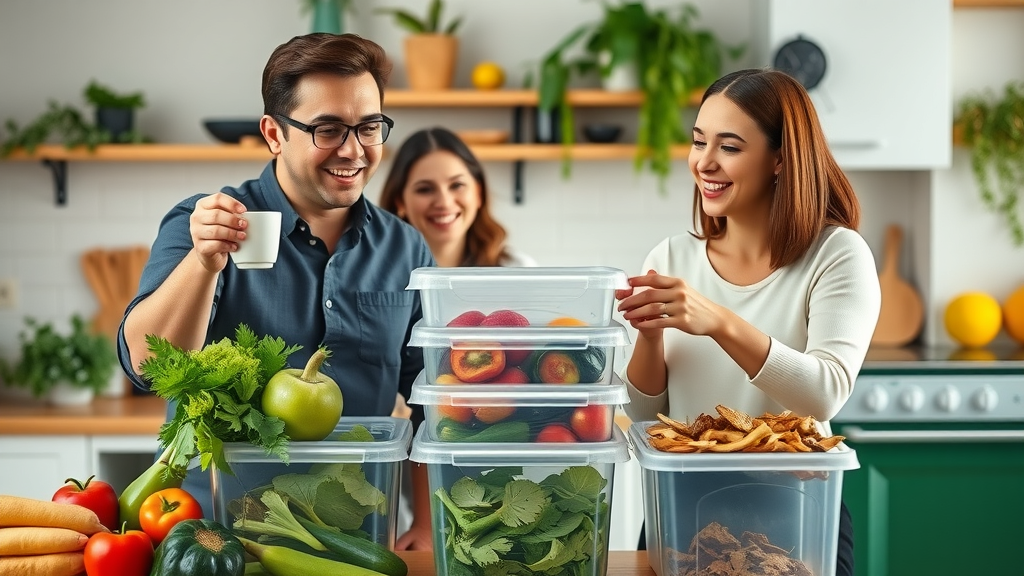
"The average person generates over 4 pounds of trash every single day. Zero waste practices can drastically reduce this impact."
Understanding Zero Waste Practices and How They Reduce Waste
Zero waste practices are about rethinking and redesigning the entire life cycle of waste . Instead of disposing of materials as soon as we’re finished with them, zero waste practices encourage us to extend their usefulness, reduce what ends up in landfills, and fight climate change . These practices matter for every level of waste management—at home, in schools, and across entire communities.
- What zero waste practices mean
- Five rules of the zero waste lifestyle
- How to practice zero waste daily
- Real-life examples for homes, schools, and communities
- How zero waste practices fight climate change and benefit solid waste management
By focusing on the waste journey from creation to disposal, you become more aware of the impact your choices have on the environment and society. The goal? To create a waste community that values resource efficiency, responsible production, and the circular economy — all while making practical steps to reduce waste and save money in the process.
| Trash Problem | Traditional Solution | Zero Waste Practice |
|---|---|---|
| Food Waste | Landfill | Composting |
| Plastic Waste | Incineration | Reuse, Refill, or Avoid |
| Solid Waste | Curbside Disposal | Community Repair or Repurpose |
| E-Waste | Disposal | Donation or Upcycling |
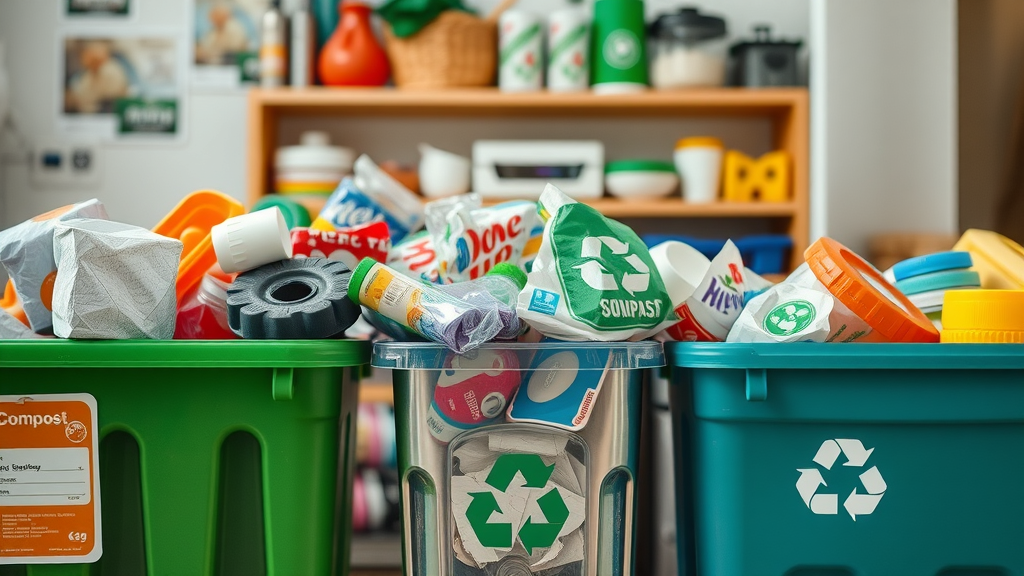
What are Zero Waste Practices? People Also Ask
Zero waste practices are a strategic waste management approach aimed at sending absolutely nothing to landfill or incineration. So, what does this mean for your daily life? Let’s explore.
Defining Zero Waste Practices for Efficient Waste Management
At its core, zero waste practices aim to eliminate waste generation by designing products and systems that keep resources circulating. This involves:
- Aiming to send nothing to landfill
- Redesigning waste streams through recycling, composting, and reusing
- Promoting a circular economy and smarter solid waste handling
- Reducing waste at the source
Zero waste isn’t about fitting all your trash for a year in a mason jar—though that’s a famous example—but about making conscious choices that slow the creation of waste and encourage responsible resource use at every stage of the life cycle. When entire communities adopt these principles, they drive systemic changes that impact both our local environment and global challenges like climate change .
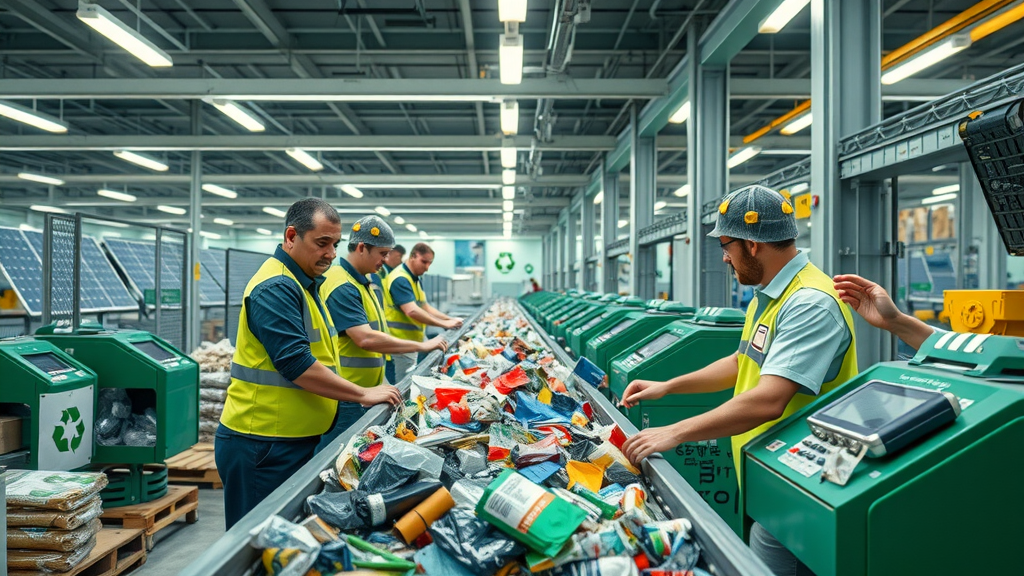
The Five Essential Rules of Zero Waste Practices People Also Ask
Zero waste may sound daunting, but its guiding principles make it accessible to everyone. These five golden rules will serve as your blueprint:
- Refuse what you do not need
- Reduce waste at every opportunity
- Reuse items and packaging
- Recycle responsibly
- Rot (compost) organic food waste
By consciously refusing unnecessary items, reducing consumption, and prioritizing reuse, you often discover innovative ways to handle solid waste and food waste more efficiently. Responsible recycling and regular composting close the loop on your waste journey , turning leftovers into valuable resources rather than more landfill-bound trash.
"If it can’t be reused, refused, reduced, recycled, or composted, it’s not truly zero waste."
Exploring the Zero Waste Technique: Simple Steps for Daily Life People Also Ask
You don’t need to overhaul your life overnight. Adopting zero waste practices can start small and grow into powerful new habits that benefit you, your waste community , and the planet. Here are simple steps anyone can take:
- Audit your trash to understand sources of waste
- Swap disposable items for reusable ones
- Buy in bulk to minimize packaging
- Support businesses with zero waste packaging
- Compost food scraps and organic materials
Start by examining your trash—use a mason jar or bin to track how much waste you generate in a week. Identify simple swaps, like using a reusable water bottle , cloth bag , or beeswax wrap instead of plastic wrap. Even supporting your local bulk food store or farmer’s market is part of zero waste! The sooner you make these changes, the easier they become—and the greater their positive impact on your waste lifestyle .

How to Practice a Zero Waste Lifestyle People Also Ask
Transforming your home and habits into a true zero waste lifestyle is a journey—one that pays off for the planet, your local community, and even your wallet. Here are practical steps you can start today:
- Carry a reusable water bottle and bag
- Shop plastic-free and in bulk
- Repair before replacing
- Join a local waste community for swapping and sharing
- Start small: focus on one zero waste practice at a time
Every step—no matter how small—helps reduce your waste generation . Choosing to repair instead of replacing keeps solid waste out of landfills and teaches valuable skills. Swapping with friends, neighbors, or local communities fosters a stronger waste community and makes expensive or disposable items optional. Remember: consistency builds progress, and every bit counts toward your waste goal .
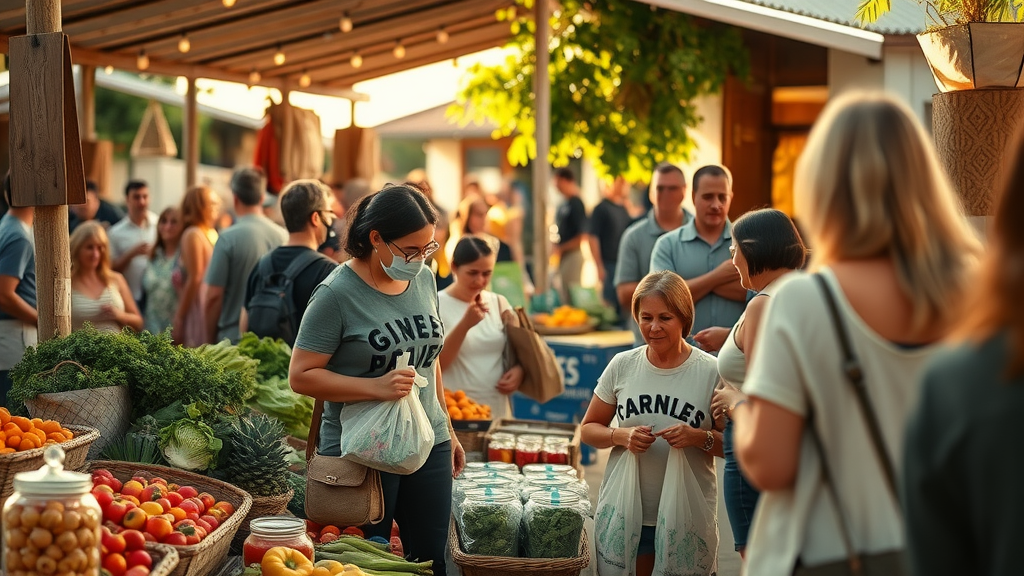
Addressing Food Waste: Zero Waste Practices for the Kitchen
Food waste is one of the largest contributors to landfill and solid waste in the United States. Fortunately, zero waste practices at home can make a huge difference. By planning meals, buying only what you need, and creatively using leftovers, you not only reduce waste but also save money and support responsible production.
Smart Storage and Planning to Reduce Food Waste
- Meal plan to buy only what you need
- Store produce correctly to maximize shelf life
- Use up leftovers creatively
- Compost food scraps
Storing produce in labeled glass jars, keeping your pantry orderly, and tracking expiry dates can minimize waste from spoiled local food . Composting is the final step—transforming scraps into valuable nutrients for the soil and reducing methane, a potent greenhouse gas . Making these simple shifts in your kitchen is a crucial part of zero waste—and it means that your food’s journey benefits your household, community, and the planet.
"Roughly one-third of all food produced globally is wasted. Adopting zero waste practices at home can help solve this crisis."
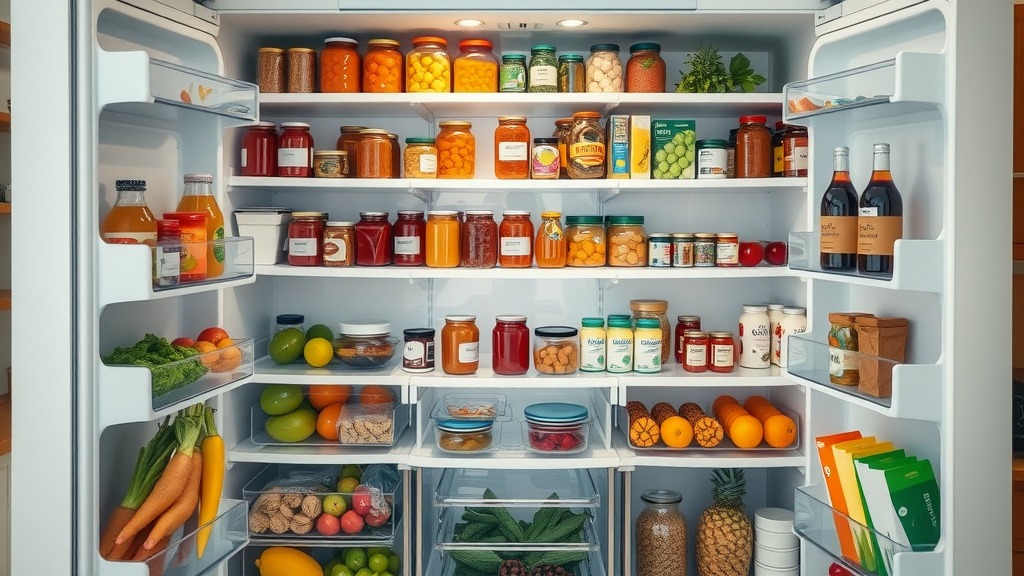
Tackling Plastic Waste with Zero Waste Practices
Plastic waste is a global crisis, and a key reason why zero waste practices are more important than ever. Each year, millions of plastic bags and single-use items add to mountains of solid waste, threatening human health and polluting our oceans. One of the simplest ways to make an impact is by swapping disposables for reusables.
Alternatives To Single-Use Plastics in Your Waste Lifestyle
- Plastic bags → Reusable cloth bags
- Disposable cups → Stainless steel tumblers
- Plastic wrap → Beeswax wraps
Just carrying a reusable water bottle and shopping with cloth bags can eliminate hundreds of single-use plastics within a year! Beeswax wraps or glass containers replace plastic wrap and disposable packaging, cutting down on unnecessary waste and pollution. Shifting to reusable items is not only an eco-friendly choice—it’s often sturdier, more cost-effective, and creates less demand for raw materials or extraction, further reducing your environmental impact.
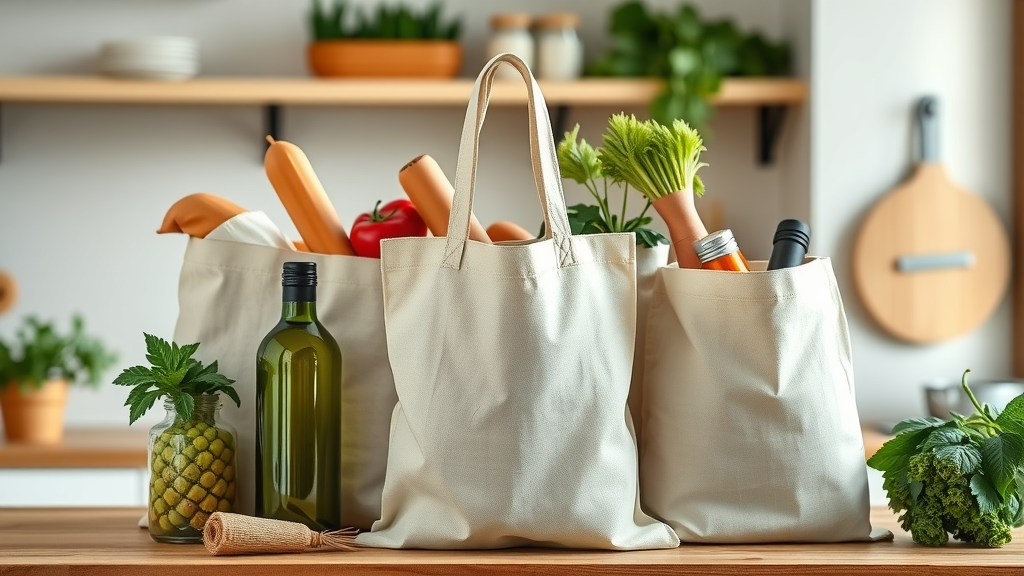
Managing Solid Waste: Implementing Zero Waste Practices in Communities
True transformation happens when local communities come together around zero waste practices . By building a waste community that supports sharing, repairing, and education, cities can dramatically reduce solid waste , protect human health , and inspire broader climate action.
Zero Waste Practices for Community Waste Management
- Encourage bulk-buy shops and refill stations
- Set up repair cafés and swap events
- Educate residents on circular economy concepts
- Support local policies focused on reducing solid waste
Bulk shops reduce packaging at the source, while repair cafés extend the life of electronics and clothes. Regular public education builds awareness about responsible waste management and the importance of the circular economy. Community engagement doesn’t just reduce waste —it strengthens social bonds, unlocks economic opportunities, and helps achieve sustainable waste goals .
Zero Waste Practices and the Circular Economy: Closing the Loop
The ultimate goal of a zero waste approach is to create a “closed loop,” where our products, packaging, and resources circulate continuously without ever becoming waste. This is the foundation of the circular economy —a system that prioritizes designing out waste, reusing materials, and extending product life cycles.
How Circular Economy Supports a Zero Waste Lifestyle
- Product design for reuse and repair
- Shared ownership models
- Recycling infrastructure improvements
From shared bicycles and electronics to clothing swaps and advanced recycling infrastructure, the circular economy helps communities minimize waste and maximize value from every resource. When policies, businesses, and individuals work together, this new economic model delivers on the promise of a sustainable, waste-free future.

Zero Waste Practices and Their Impact on Climate Change
The environmental benefits of zero waste go far beyond the landfill. Reducing waste at its source is one of the fastest ways to decrease carbon emissions and prevent further climate change .
"Reducing waste is one of the fastest ways to decrease climate emissions caused by landfills and incineration."
- Landfills emit methane, a potent greenhouse gas
- Zero waste practices lower emissions by reducing the need for extraction and manufacturing
- Composting organic waste locks carbon in soil
In essence, every bag of food scraps composted, every plastic bag refused, and every item reused directly prevents harmful emissions. When we minimize production of new goods and avoid sending organic waste to landfills, we reduce the greenhouse gases that are responsible for rising global temperatures and the negative impacts on human health and ecosystems.
Success Stories: Transforming Waste Communities with Zero Waste Practices
Inspirational examples from around the world show how collective zero waste action works. From pioneering villages to metropolitan cities, here’s how some trailblazing regions are making sustainability a way of life:
- Kamikatsu, Japan: 80% waste diversion achieved through rigorous sorting, repair, and community engagement
- San Francisco, USA: Citywide composting and recycling help divert over 80% of trash from landfill
- Local neighborhood initiatives rescue food waste and connect surplus with those in need
"A waste community is not afraid to innovate. One small action can inspire systemic change."
These real-life case studies prove that when individuals, households, and organizations commit to zero waste, the results are transformative. Communities gain cleaner spaces, save money , and become leaders in climate resilience and social responsibility.
Essential FAQs on Zero Waste Practices
- What does a zero waste lifestyle look like? A zero waste lifestyle is all about making daily choices that minimize trash, such as using reusable bags, shopping in bulk, composting scraps, and repairing broken items rather than throwing them out. The goal is to generate as little waste as possible and send nothing to landfill.
- Can zero waste practices save money? Absolutely! By reusing, repairing, and buying less, you save money in the long run. Bulk shopping and making your own food or cleaning products are budget-friendly steps that also cut packaging and waste.
- Are zero waste practices achievable for everyone? Everyone can practice elements of zero waste, no matter their budget or location. The key is starting small—making simple swaps as you’re able. Even partial changes make a meaningful impact.
- What are the best zero waste swaps for beginners? Start with easy wins like carrying a reusable water bottle, using cloth bags, swapping disposable coffee cups for travel mugs, and replacing plastic wrap with beeswax wraps or containers you already own.
Practical Tips and Key Takeaways to Reduce Waste with Zero Waste Practices
- Start with simple swaps in your daily routine
- Involve your community for wide-reaching impact
- Prioritize composting and recycling
- Support policies and businesses aligning with the circular economy
- Monitor your solid waste to keep improving
Every action counts on your journey toward zero waste. It’s not about perfection but progress—one swap, one compost bin, one community event at a time. Stay curious, keep learning, and inspire others by setting an example.
Ready to Reduce Waste? Start Your Zero Waste Practices Journey Now
Take your first step today—choose one zero waste practice to try this week, and watch as small, meaningful actions help shape the cleaner, greener waste community we need for the future.
 Add Row
Add Row  Add
Add 




Write A Comment